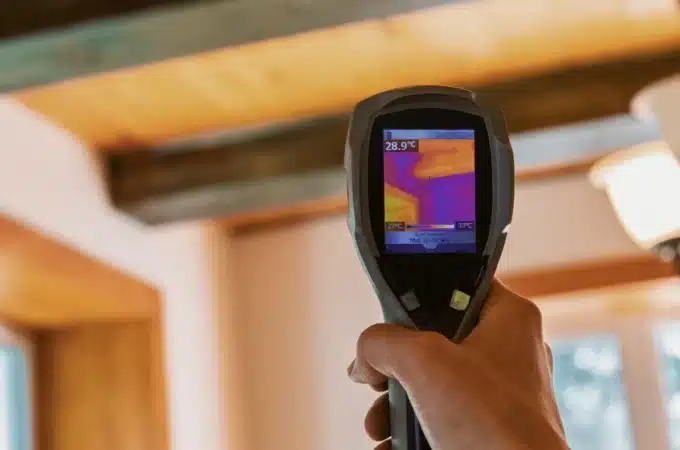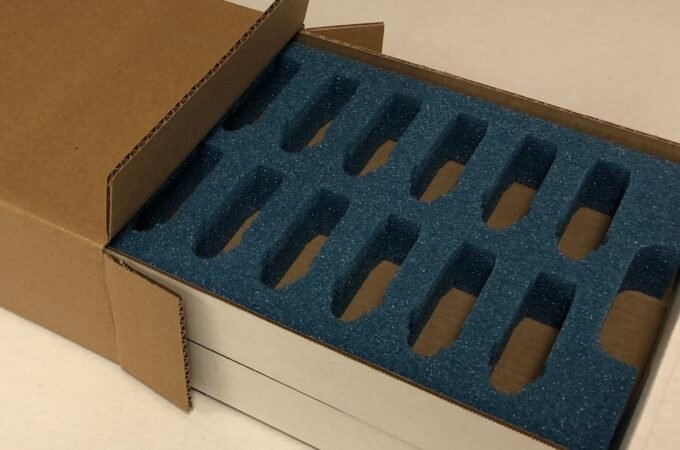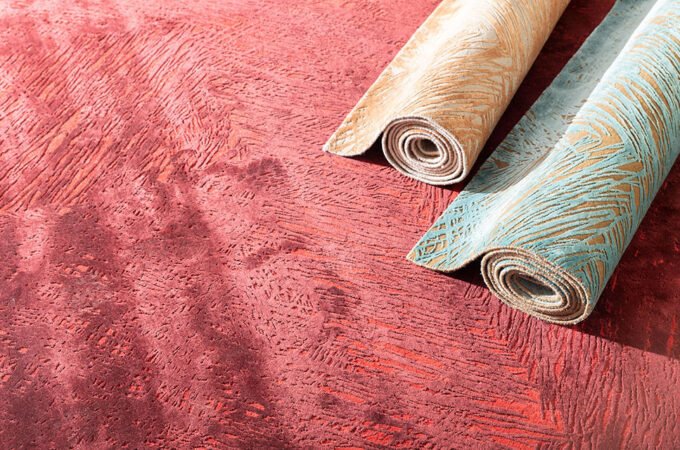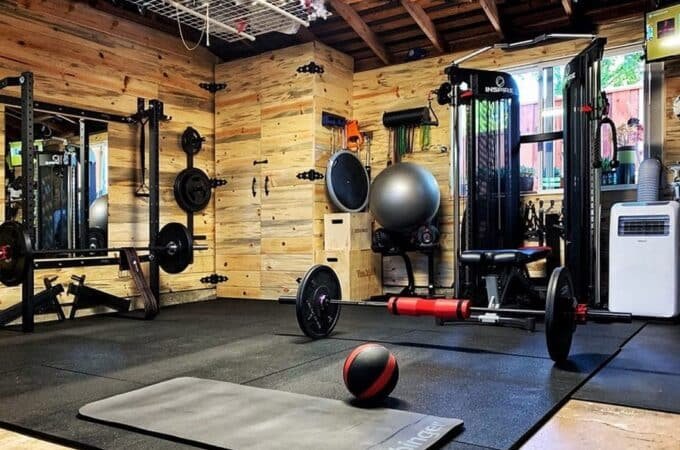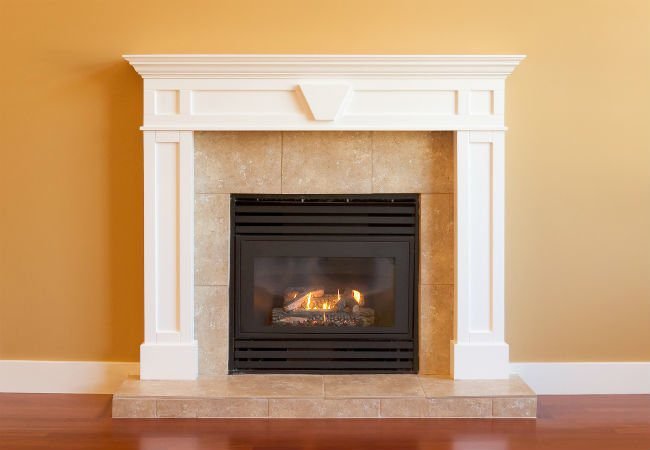
How Safe are Ventless Fireplaces?
Thinking of installing a ventless fireplace? Not so fast. Ventless fireplace maybe enticing due to the fact that it can produce “smokeless” heat. But if you try to gather more information about it, you may discover a lot of differing opinions about its safety.
The concept of a ventless fireplace is quite easy to understand. Gas is burned instead of wood, therefore smokeless heat is created which makes ventilation unnecessary. On top of that, all the heat created stays inside your home. Sounds really simple and ideal right? Well, not quite. Burning gas inside your home creates by-products such as carbon dioxide, carbon monoxide, sulfur dioxide, etc. And since there’s no ventilation in place, all these by-products stay inside your home together with the heat produced which can pose danger to you and your family if not carefully monitored.
Table of Contents
ToggleVentless Fireplace and Other Appliances
With all these dangerous gases produced and pushed inside your home, how come ventless fireplaces are considered “safe” for residential use? Some people believe vent-free fireplaces are totally safe since you also openly burn gas when you use your stove or oven. And we all know that using your appliance is relatively safe but then again, precautionary measures should be observed. The same applies to vent-free fireplaces.
If you own a high-capacity oven range and you run all your burners on high for a couple of hours a day, you’re exposing you and your family to toxic gases, especially if your oven or stove is malfunctioning. Similarly, toxic gas levels can increase if you run your ventless fireplace for longer periods of time. However, if you only run it on limited hours a day and you follow the manufacturer’s specifications, then you shouldn’t be concerned about the dangerous gases that may be circulating inside your home.
But each homeowner has a different take on it. Some would say it’s better to always be on the safe side and would rather stick to the traditional vented fireplace. While others would say, it would totally depend on how you properly monitor and regulate the use of your ventless fireplace. Basically, both are right.
The By-products: Dangerous Gases
As initially discussed, vent-free fireplace produces dangerous gases. Among those by-products, carbon monoxide is the most dangerous and notorious. Carbon monoxide is odorless and colorless (of course), so it would be hard to identify if it’s present inside your home.
Carbon monoxide is seriously dangerous as it can cause a lot of health problems – death included. Should you decide to install a ventless fireplace, please do yourself a favor and have several carbon monoxide detectors inside your home – especially near the fireplace. And be sure to CHECK THEM REGULARLY.
Another byproduct gas that can also be dangerous to your home, as well as to you and your family’s health is water vapor. Excessive water vapor from your ventless fireplace can cause slight to serious structural damage such as wallpaper peeling and other structural damage, which can be costly. Though we focused on these two gases, you should keep in mind that all the other gases can also cause respiratory problems if present in large quantities, or if someone inside the house is sensitive to that gas.
Home Safety and Ventless Fireplace Alternatives
How safe your ventless fireplace is depends on how it was installed as well as how you use it. Incorrect fireplace sizing, improper use, and improper maintenance can lead to serious safety issues. As a matter of fact, due to differing opinions on how safe a ventless fireplace is, a lot of countries and states within the United States decided to ban the use of this appliance. But despite this, still, a lot of homeowners take advantage of the low installation as well as operating costs since they only plan to use their fireplace on a limited basis. If you’re among these homeowners, we suggest that you hire a professional to get the installation done. This will ensure that your ventless fireplace is installed properly.
When dealing with a professional about your ventless fireplace, raise your doubts about the health problems that may arise by using it. If they dismiss this concern, then you should probably look for another contractor that would be willing to be fully honest with you. A professional and reliable contractor would assure you that they’ve not had any issues with their ventless fireplace and if they did, they would cover any damages and expenses associated with the product failure. A written agreement would be needed to assure you’re protected.
In all honesty, the safest side is to simply invest a couple more dollars by having a vented fireplace installed. It may cost more than a vent-free fireplace and may not be as energy-efficient, but your health and safety isn’t secondary to any amount you will save.

